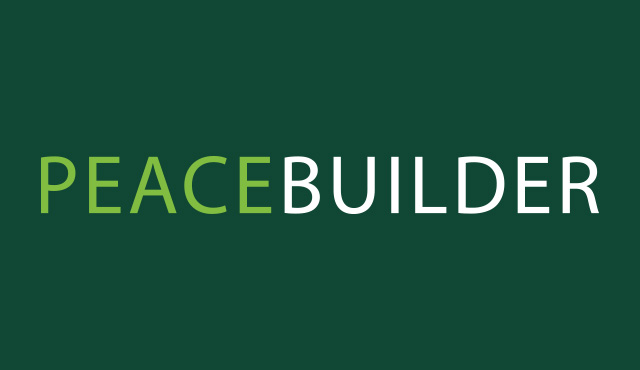We convened a vibrant group of colleagues during SPI 2014 to discuss STAR. This was a first attempt at convening a three-year process of a consultation, a conference and then a writing workshop. We learned a lot about STAR and a lot about how to run the consultation process. Here, we will focus on what we learned about STAR, and spare you the logistical lessons. Let’s just say that the restorative justice consultation that has just received three-year funding from Porticus Foundation (North America) will benefit from the STAR consultation experience. Because this was a minimally funded effort, we are very appreciative that members of the STAR community used their own resources to participate in the consultation. We want to make sure we honor their effort by maximizing our use of their input, starting with this brief summary of highlights from the report provided by the Project Manager (Roger Foster). The report was based on both pre-consultation data gathering and analysis of the notes and data created during the consultation.
Which STAR Are You Talking About?
The STAR community members that gathered at SPI 2014 are using STAR in diverse ways and for many purposes. The report from the consultation summarizes four orientations to STAR:
- STAR is a 4.5-day training
- STAR is a tool for long-term engagement with a community
- STAR is one program among many that address psychosocial trauma and resilience
- STAR is (or can be) an integrated-portal-of-engagement for working with communities.
At STAR EMU, we are familiar with the four orientations outlined above because of our continued connection with STAR alumni. The consultation was an opportunity for STAR alumni to hear the same range of ways STAR is being used that we hear regularly. It was also an opportunity for us to hear the variety of needs in one place where we can begin to think about how to provide an integrated support system that meets the greatest number of requests. If you want to know more about the different approaches to STAR.
Each Approach to STAR Focuses on Different Aspects of the Program
Those colleagues most focused on the 4.5-day training are interested primarily in curriculum and pedagogy – what to teach and how to teach it. Interestingly, this was the smallest group of respondents in the pre-workshop survey and the smallest group at the consultation. However, their requests are easy to categorize and relatively easy to respond to, so there is a tendency to focus on these questions.
Practitioners who focus their organizational programming efforts toward long-term engagement with their communities are more interested in organizational learning, innovation, and sustainability and in the development of collaborative networks—with CJP and with other practitioners—than they are interested in curriculum revision. Most of the practitioners assembled for the conference were in this group. These practitioners are interested in curriculum matters if revisions can help them engage their communities more effectively, but they are more concerned with adapting and improving their organizations and adapting the STAR frameworks to new cultures and audiences than in curriculum issues.
Some practitioners are interested in branding STAR as a premiere program for addressing trauma and resilience. Their focus is locating STAR in the universe of approaches to psychosocial trauma. They want to develop larger collaborative connections with other (non-STAR) practitioners, and they see the process of developing common standards for trauma-sensitive practices as a strategic step along the way. Their focus is on making STAR as strong as possible, but always in relation to the wider universe of trauma programs.
A fourth group of practitioners and trainers want to see STAR fully develop its founding concept of trauma sensitivity via integration of trauma awareness with conflict transformation, human security, spirituality, and restorative justice, and are interested in particular kinds of curriculum revision. These practitioners usually envision an engagement with their audience that is longer than a 4.5-day training. Consequently, they are not energized by discussions of what is needed to create the optimal 4.5-day training. These practitioners are more interested in having appropriate modules in restorative justice, conflict transformation, spirituality, and human security to supplement the current standard 4.5-day training.
When we have the Learning Community more organized, we will put up more information from the consultation and create some discussion spaces for those doing similar work. We welcome any input and ideas you want to send us about this summary of the consultation. Please know that we may not be able to respond right away as we are gearing up for the integration of Katie as STAR Director. But your input will be added to the briefing that we are preparing for Katie.
